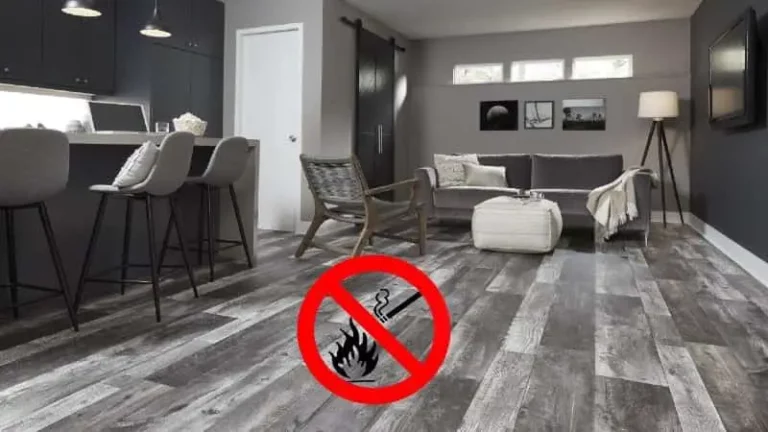What Are Roofing Insurance Claim Timelines?

You probably didn’t expect roofing insurance claim timelines to be so complex, but here we are. Knowing when to file a claim or complete repairs can make all the difference. If you miss a deadline, your claim could be denied. So, how do you navigate these critical timeframes effectively? Let’s explore the essential timelines that can influence your claim’s success.
Understanding Filing Deadlines
When it comes to roofing insurance claims, understanding filing deadlines is vital, especially since missing one could jeopardize your ability to receive compensation. In Texas, you must submit your claim within 180 days of discovering damage. For certain types, like water damage, it’s important to notify your insurer within just 48 hours. Don’t overlook your policy’s specifics—some might demand immediate reporting or have tighter deadlines. Sudden events, like storms, often need claims filed within one to two weeks. Keep in mind that delays can lead to claim denials, so it’s always best to act swiftly. By staying informed about these critical timelines, you guarantee that you’re part of a community that values accountability and support when disaster strikes. Additionally, remember that insurers must close out a roof claim within 30 days of receiving notice of damage.
Repair Completion Deadlines
After understanding filing deadlines, it’s just as important to know the completion timelines for roof repairs. Most insurance policies require you to complete repairs within 1-2 years from the date of loss, not the claim filing date. Typically, you have 6 to 12 months after your claim is approved to finish repairs. Missing these deadlines can lead to losing coverage or not receiving full claim payments. Always check your policy for specific timelines and be proactive about communicating with your insurer for any needed extensions. Keep detailed records of delays and conditions, as they can help you justify your cases. Remember, your repairs are crucial not just for your home’s integrity but also for maintaining your insurance benefits. Additionally, timely action can help mitigate risks and ensure you remain covered under your policy.
Depreciation Payment Timelines
Understanding depreciation payment timelines is essential for homeowners maneuvering the claims process. You typically need to file claims for recoverable depreciation within 180 days after your loss or repairs are completed. In Louisiana, you have up to a year for major disasters. When insurance checks arrive, they usually expire after 180 days. The calculations depend on your roof’s condition, factoring in its age and wear to determine actual cash value versus replacement cost. To receive recovery, make sure you’ve completed repairs and submit the right documentation. Remember, if you don’t meet deadlines or fail to document repairs properly, you risk losing potential funds, which can be stressful. Insurance calculations consider both age and condition to accurately reflect your roof’s depreciated value. Staying organized helps you reclaim what’s rightfully yours.
Insurance Adjuster Inspection Timelines
Once you file an insurance claim, the next step is scheduling an inspection with an adjuster to assess the damage. Typically, initial claim processing takes about 1-2 days before the adjuster can be scheduled. You can expect the inspection to occur within 1-3 weeks after you file, depending on how busy your insurer is. If there’s been a recent storm, delays might happen due to the increased demand for inspections. Also, keep in mind that larger insurance carriers might require more time to arrange these inspections compared to smaller ones. Homeowner preparedness and documentation can significantly influence the speed at which the inspection is scheduled. Staying informed during this process helps you feel more connected and less anxious, making it easier to navigate this necessary step.
The Importance of Timely Claims
Timely claims are key to ensuring you receive the coverage you need after roof damage. Insurance policies set specific deadlines, often requiring you to report claims within 48 hours for water damage. Missing these deadlines could jeopardize your coverage, leaving you responsible for repair costs. Documenting damage promptly is essential; physical evidence and witness accounts can deteriorate quickly. By securing photo and video evidence immediately, you strengthen your claim and clarify your repair needs. Addressing roofing damage right away prevents secondary issues like mold and structural decay, saving you money and headaches later. Furthermore, adhering to policy requirements enhances your chances of successfully navigating the claims process. Don’t let delays turn a manageable situation into a costly burden—act fast and stay informed to protect your home and wallet!
Common Reasons for Claim Denials
When you file a roofing insurance claim, you might encounter several common pitfalls that could lead to denial. Understanding these can help you navigate the process smoothly. Here are four frequent reasons claims get denied:
- Pre-existing damage: Issues that existed before your policy started won’t be covered.
- Timeliness: Failing to file within policy deadlines can automatically disqualify you.
- Documentation issues: Incomplete forms or missing visual proof can jeopardize your claim. Insurance adjusters may find no noticeable damage during their assessment, which can further complicate the claims process.
- Coverage limitations: Policies may exclude certain damage types or materials you assumed were covered.
Being aware of these factors helps you guarantee your claim stands the best chance of approval. After all, you deserve support when it matters most!
Tips for Navigating the Claims Process
While managing the roofing insurance claims process can seem intimidating, understanding a few key strategies will help you move forward with confidence. First, check your policy for filing deadlines—typically 30 days to a year—so you don’t risk denial. Document damage through timestamped photos, creating an inventory of affected items. Hire licensed contractors for independent assessments and secure written estimates to support your claim. Attend adjuster inspections—your insights can highlight overlooked damage. As payments roll in, verify checks are accurate and understand the details, especially regarding depreciated values. Finally, complete repairs promptly to secure full benefits. Filing an insurance claim is the first step for roof replacement, ensuring you start the process correctly. You’re not alone; connecting with your community can provide support and guidance through this process.





